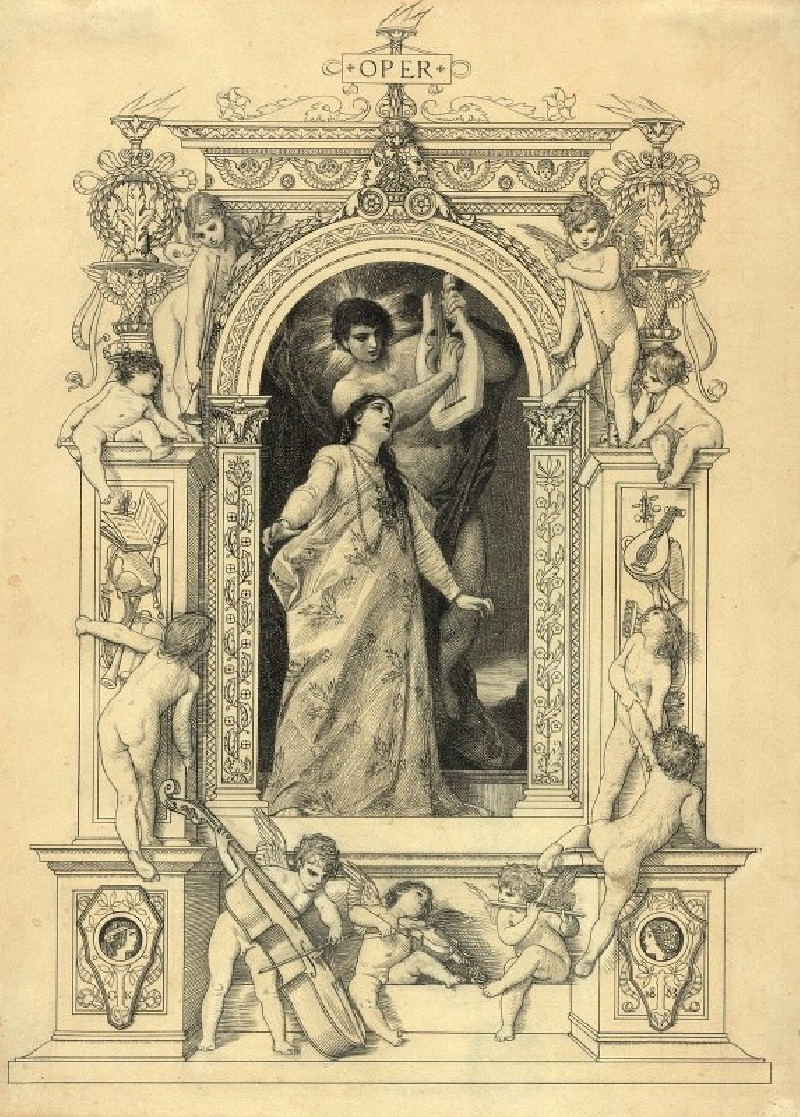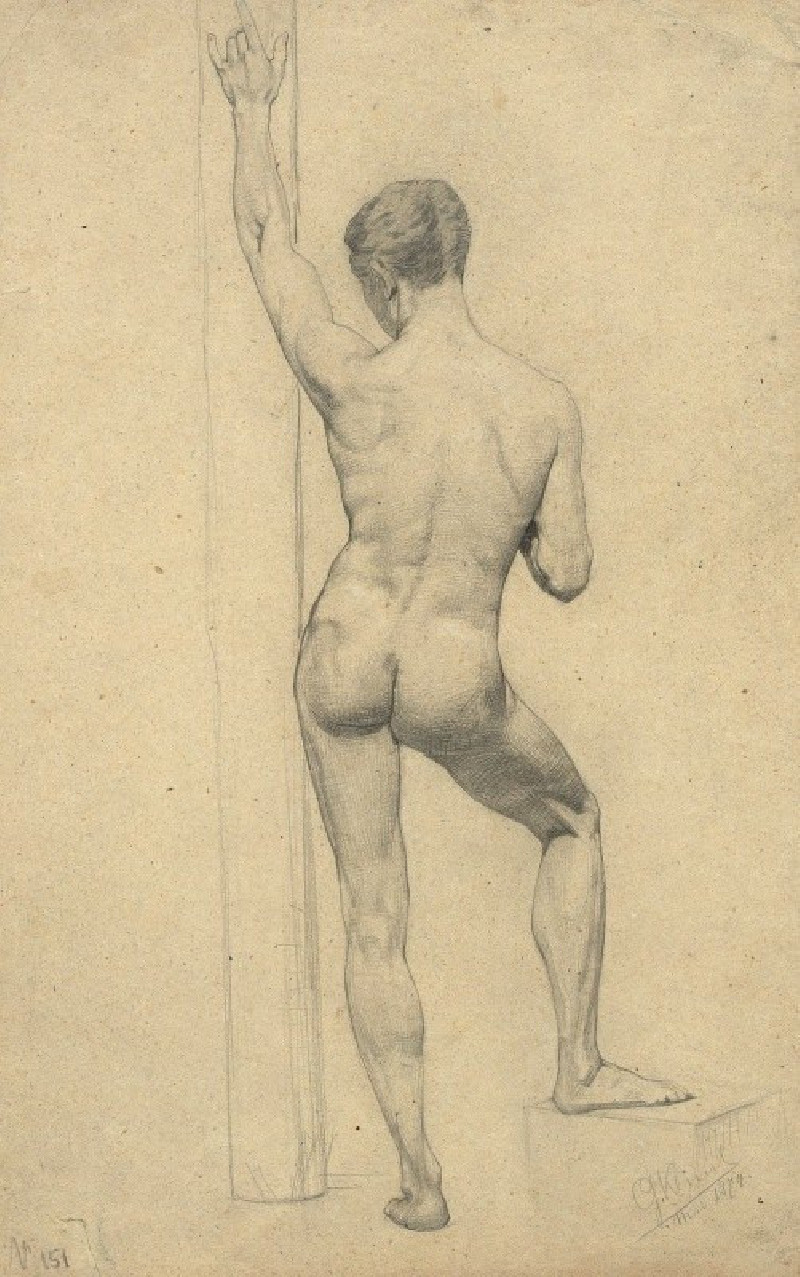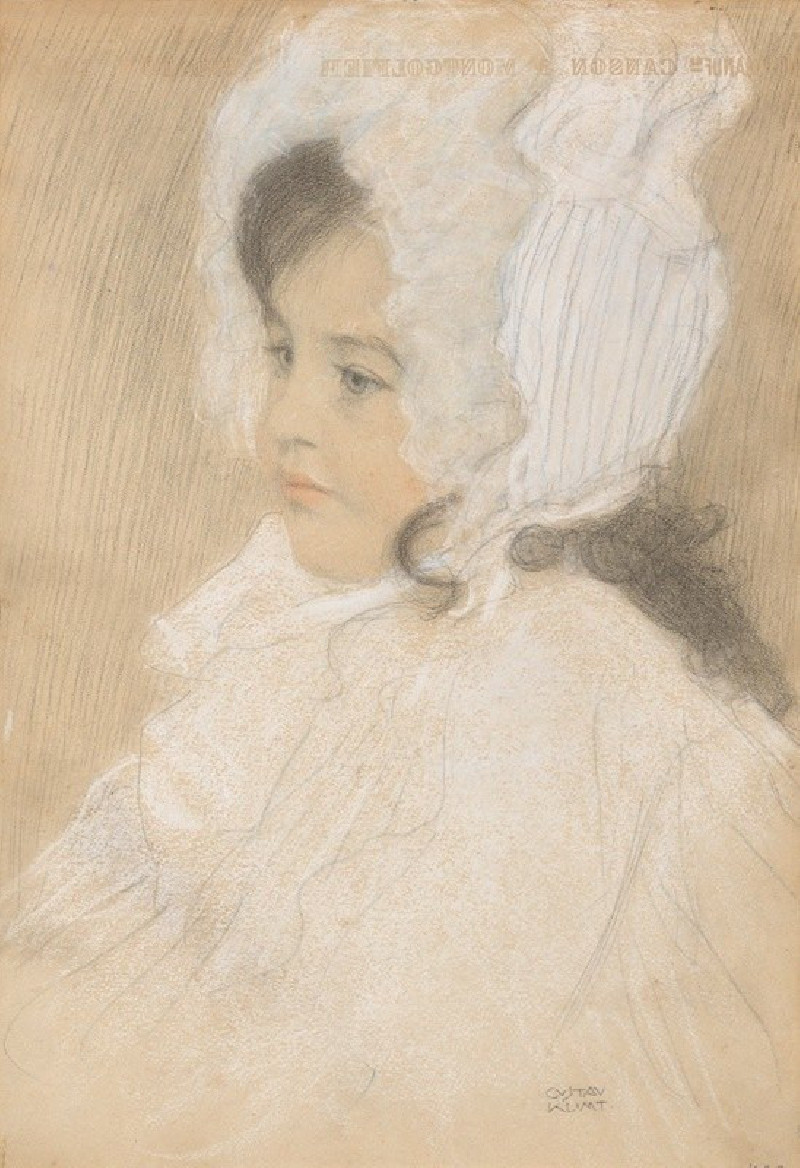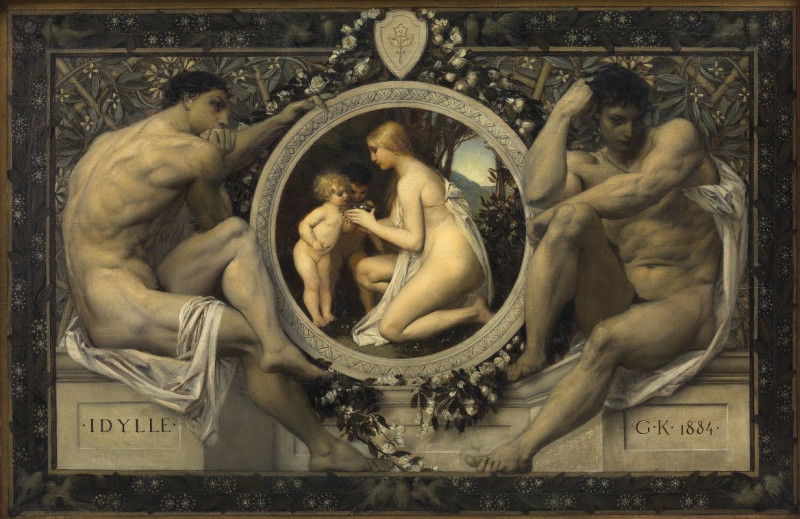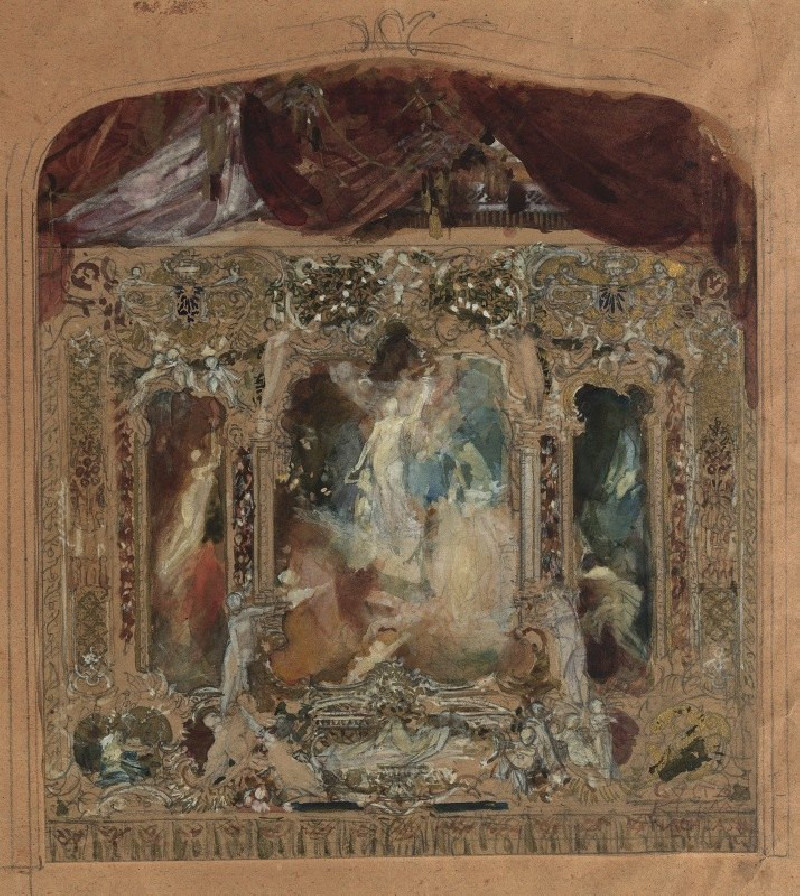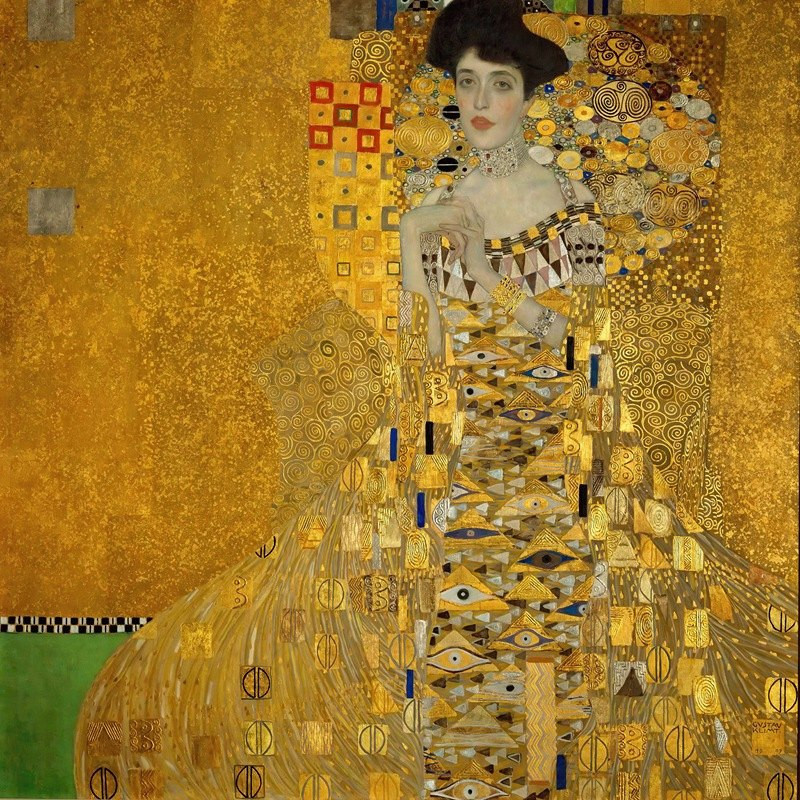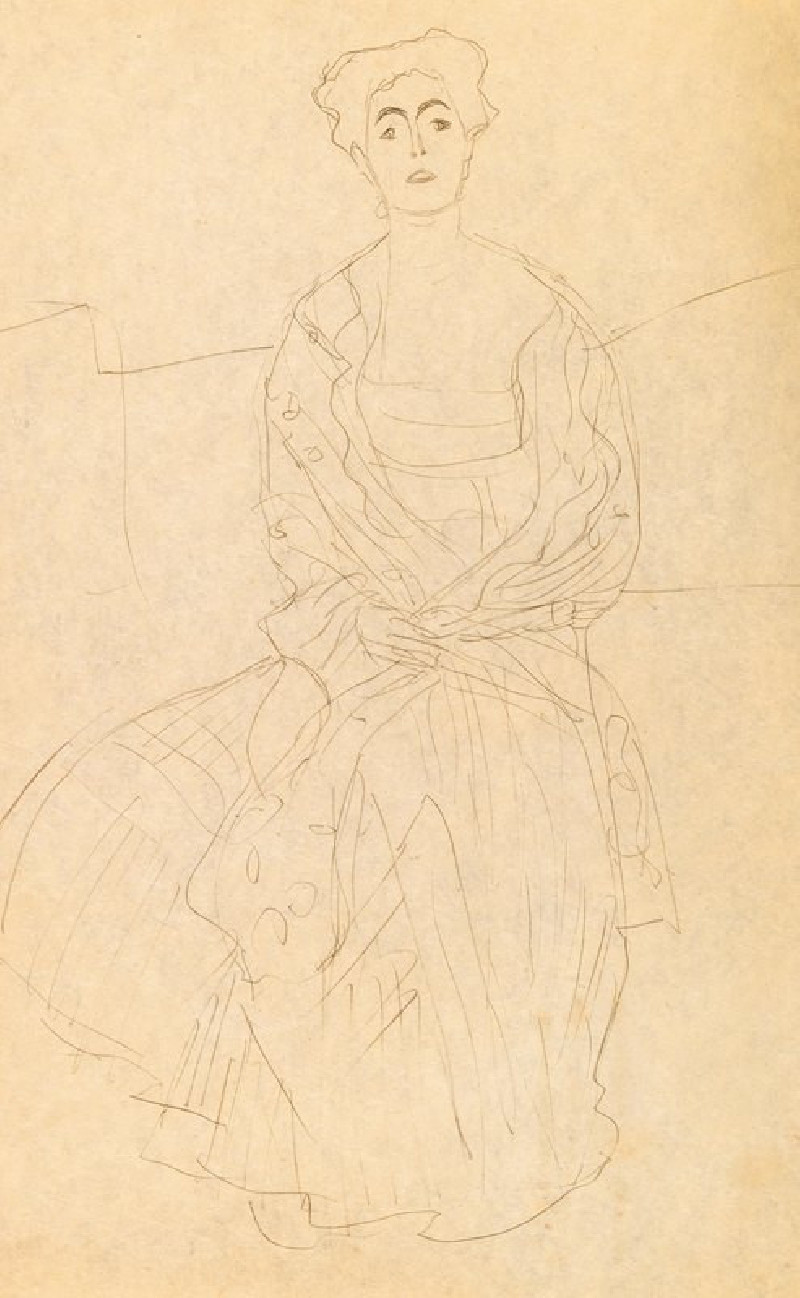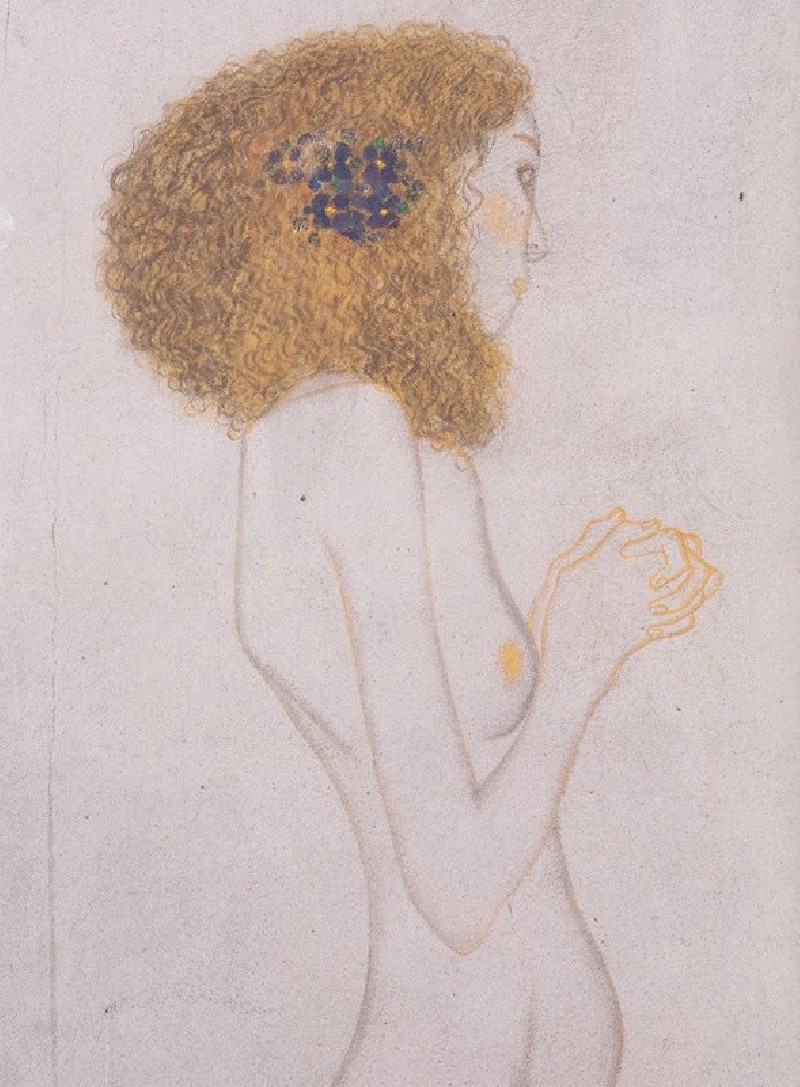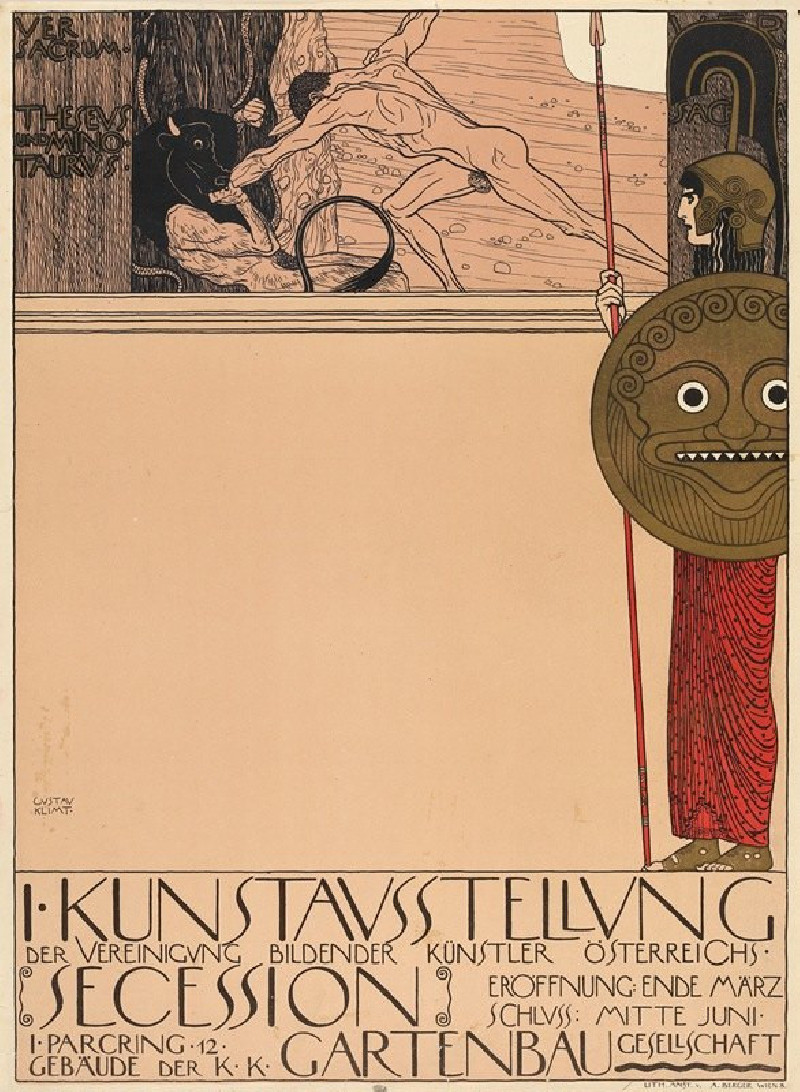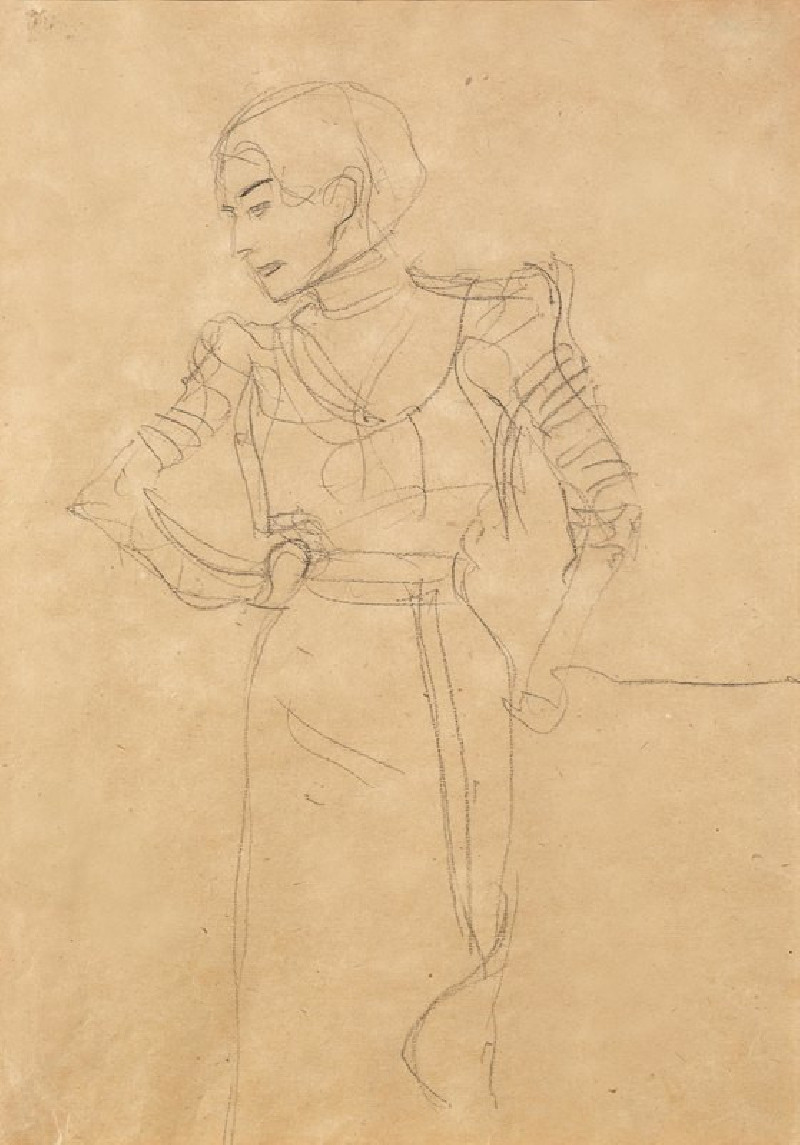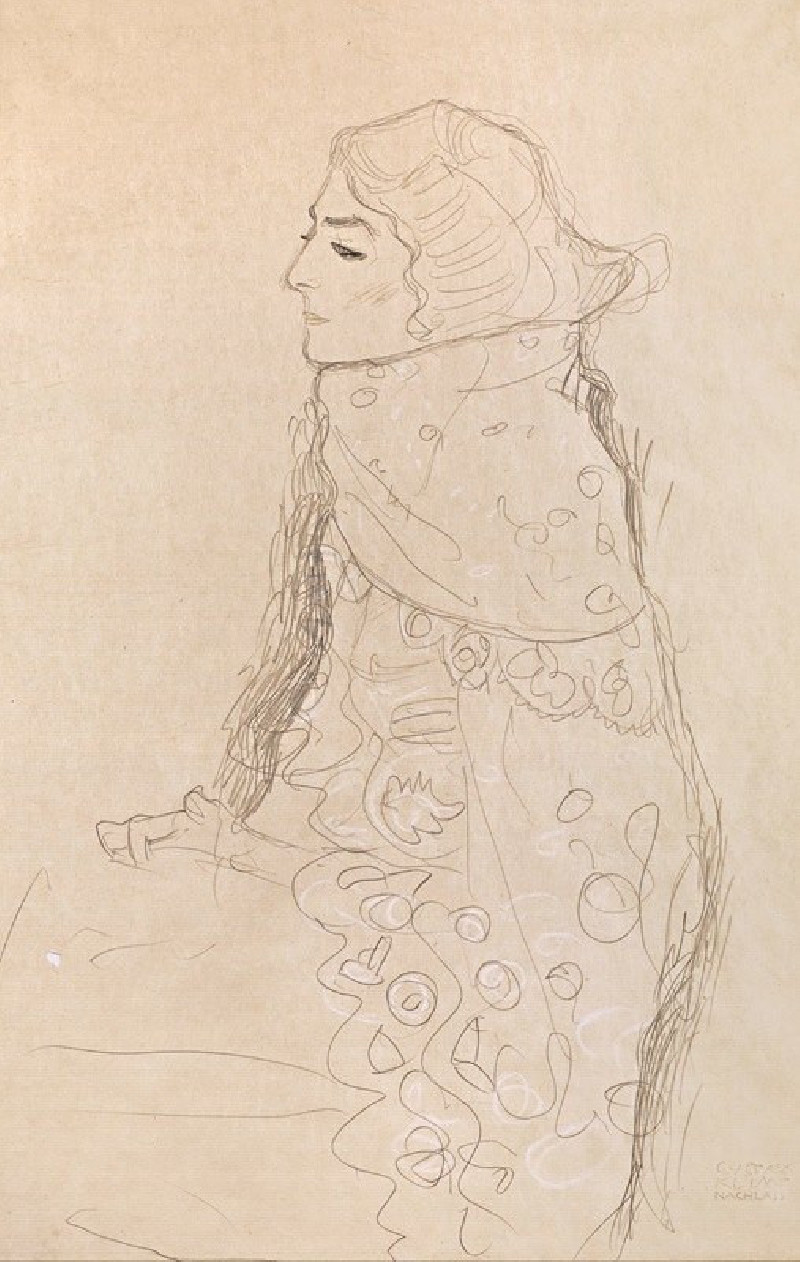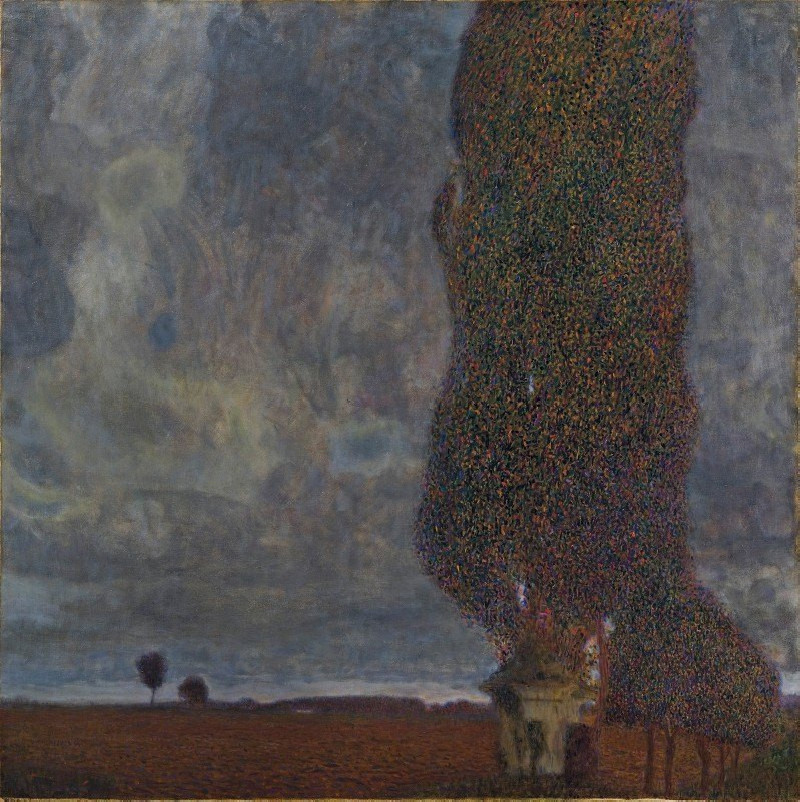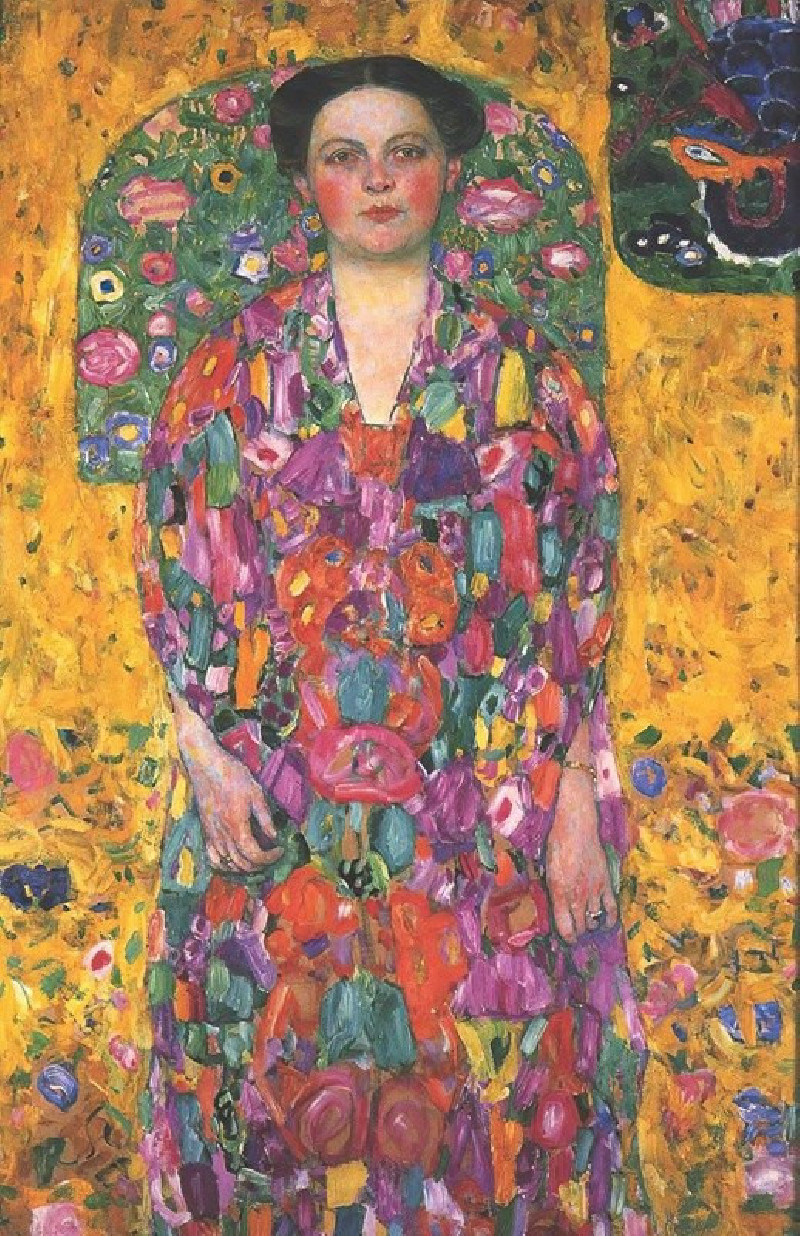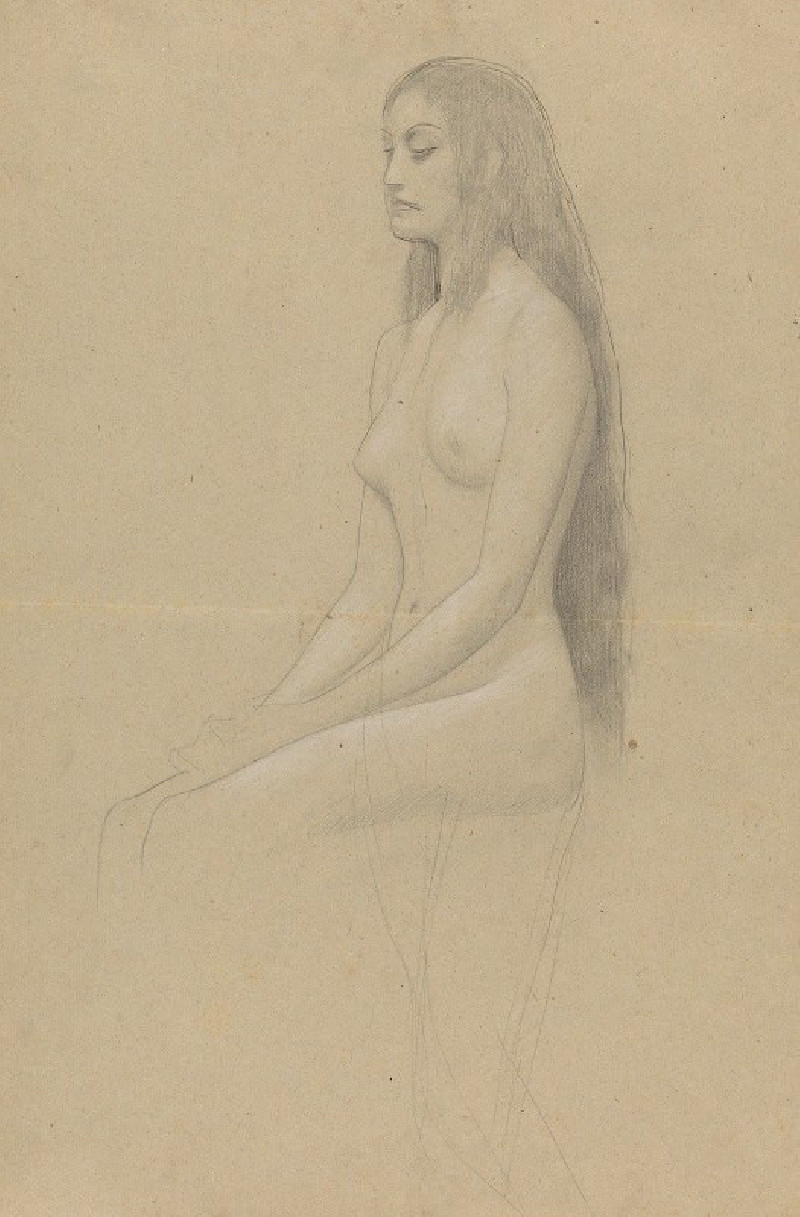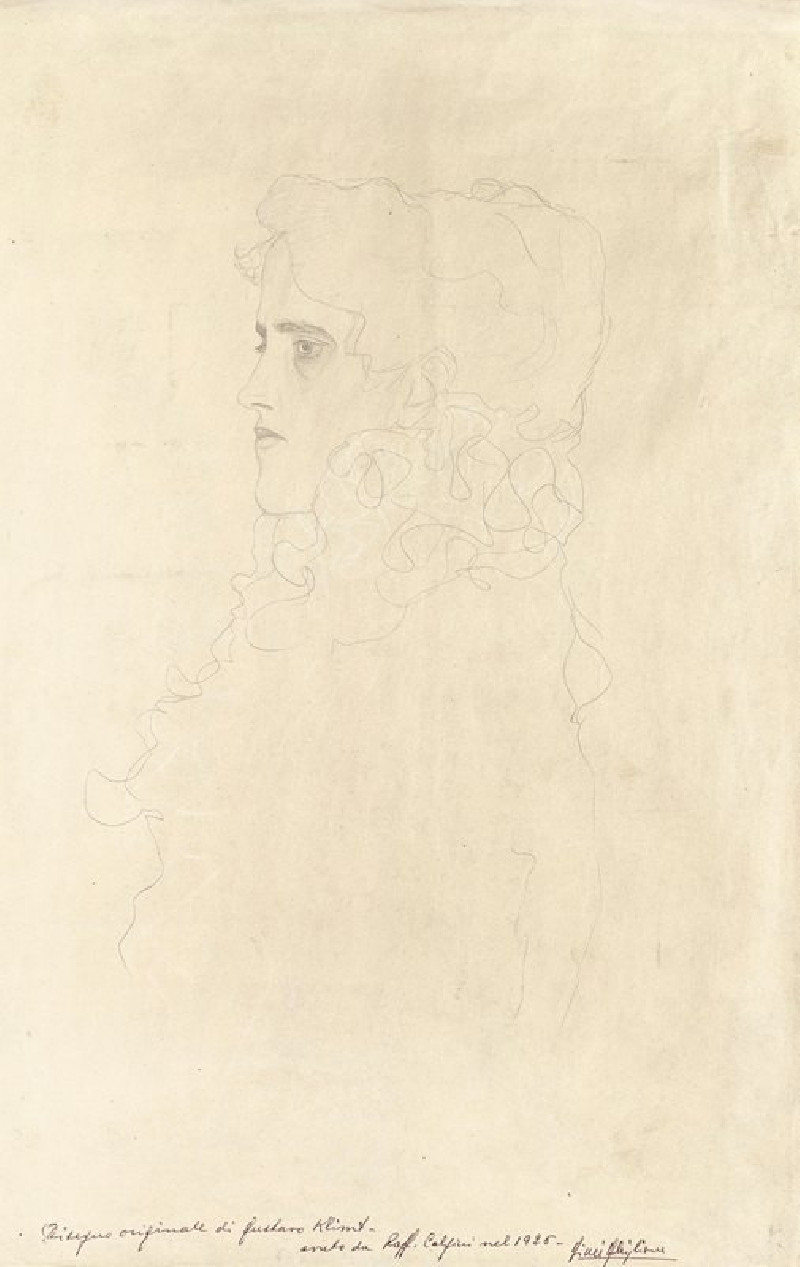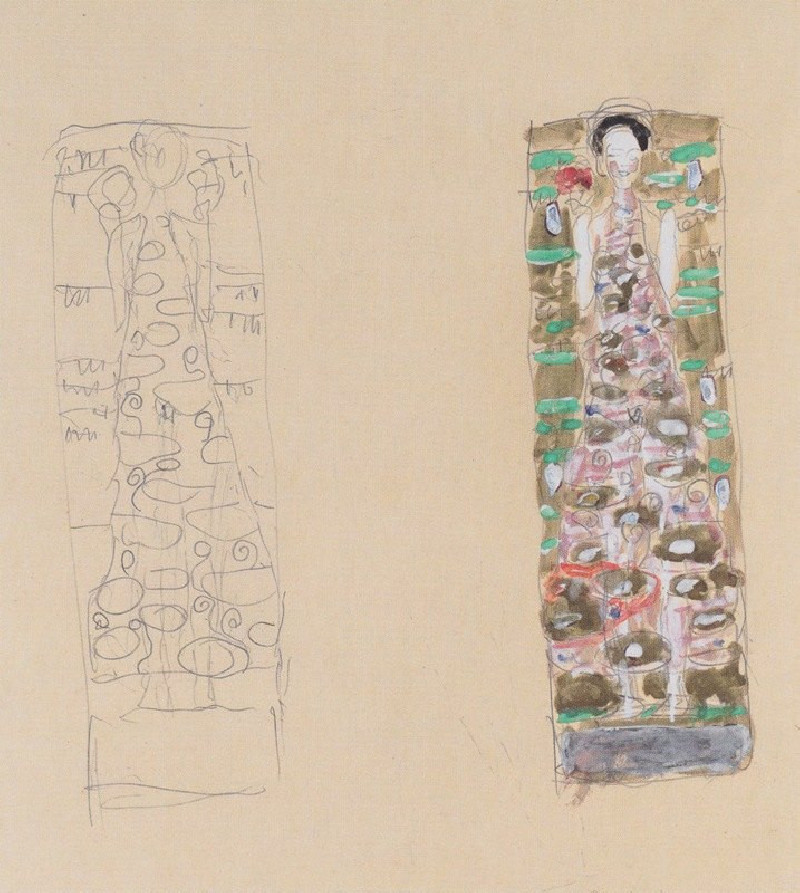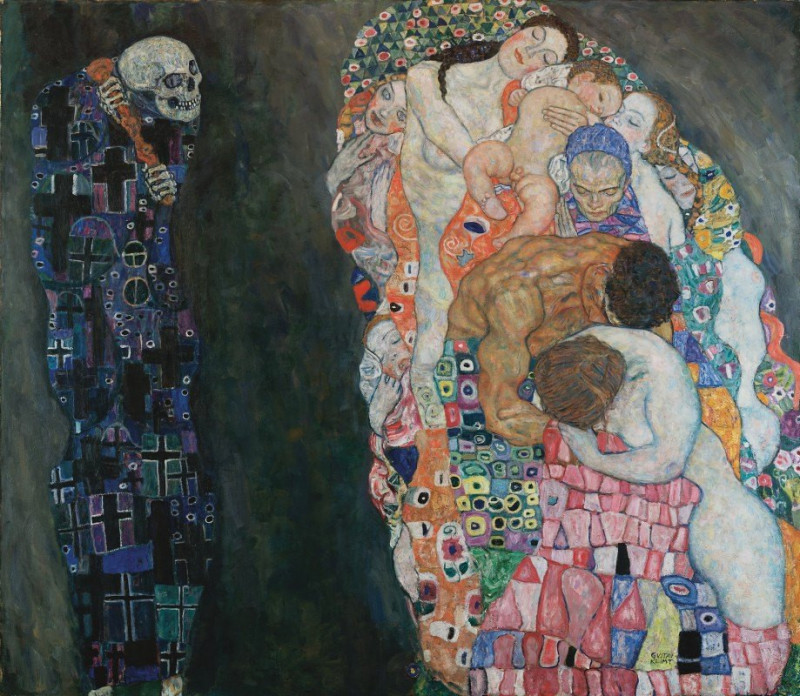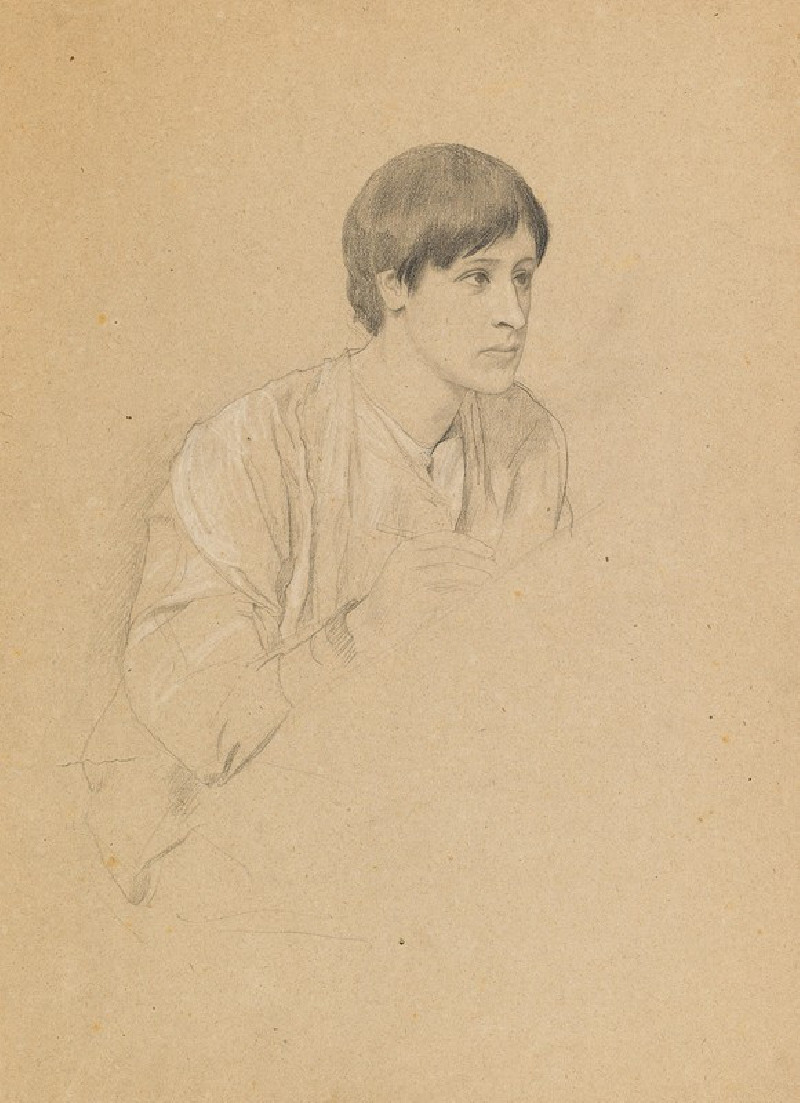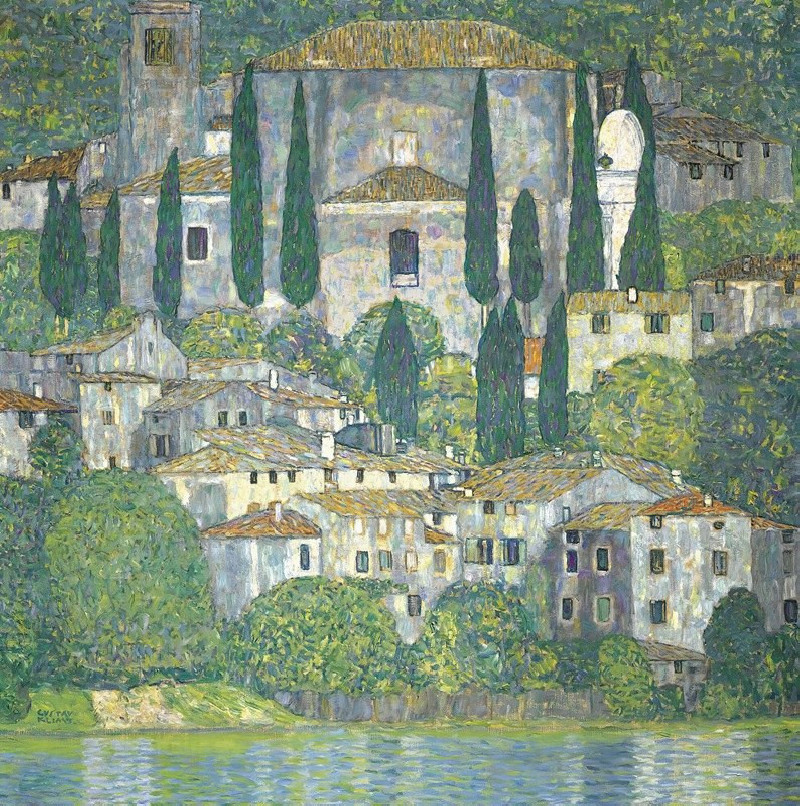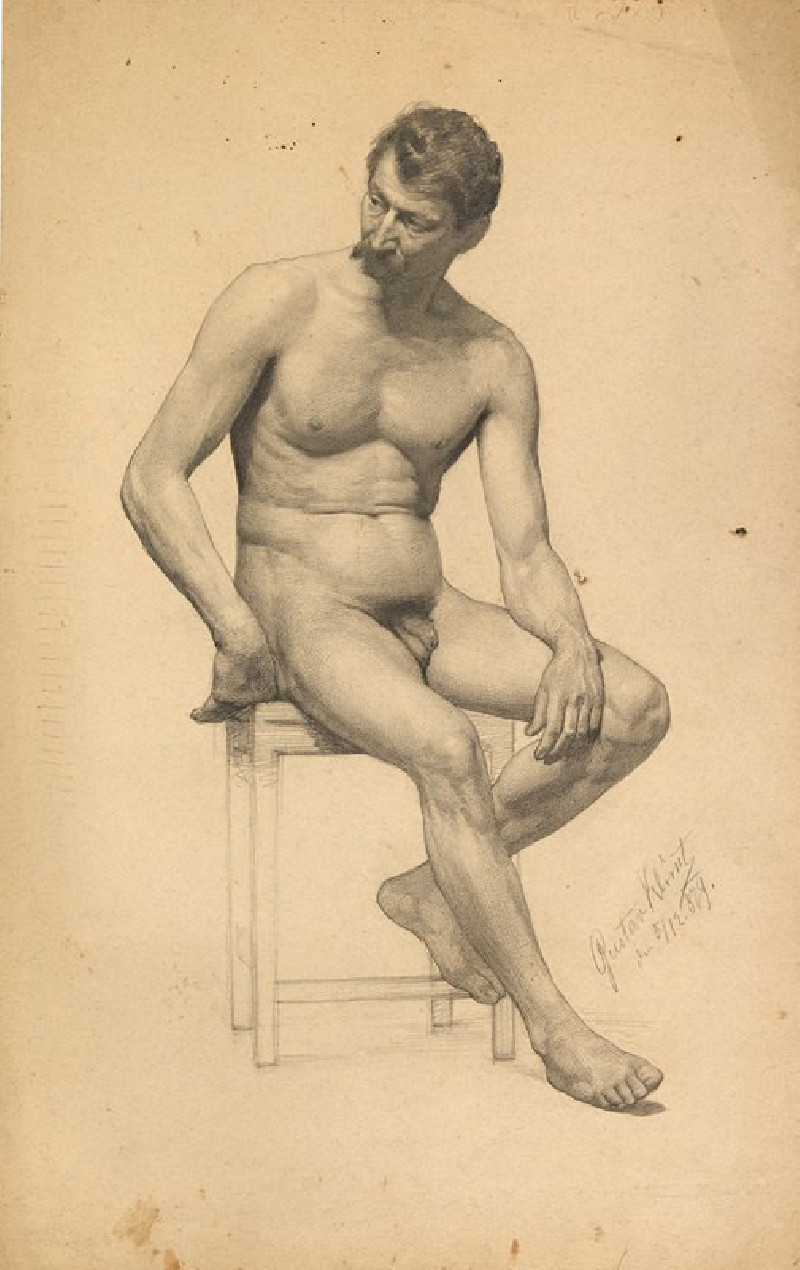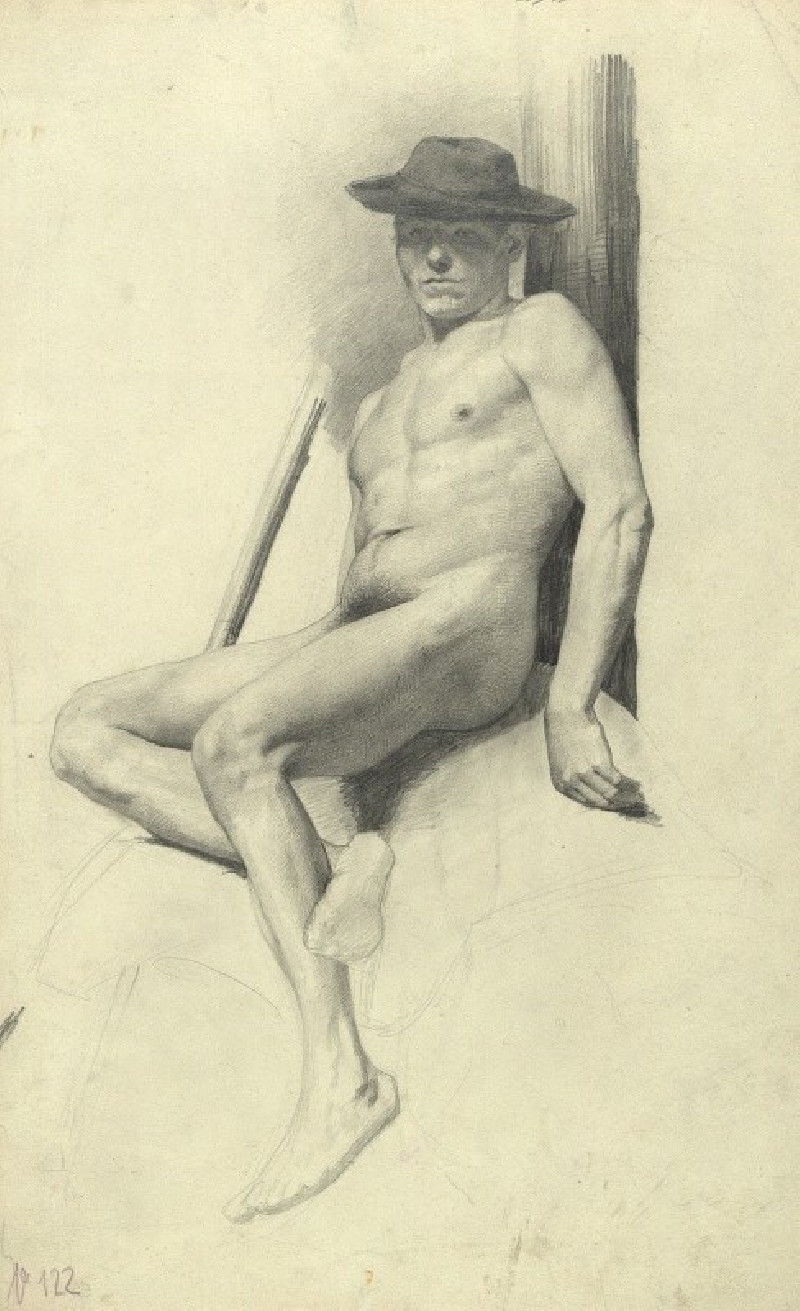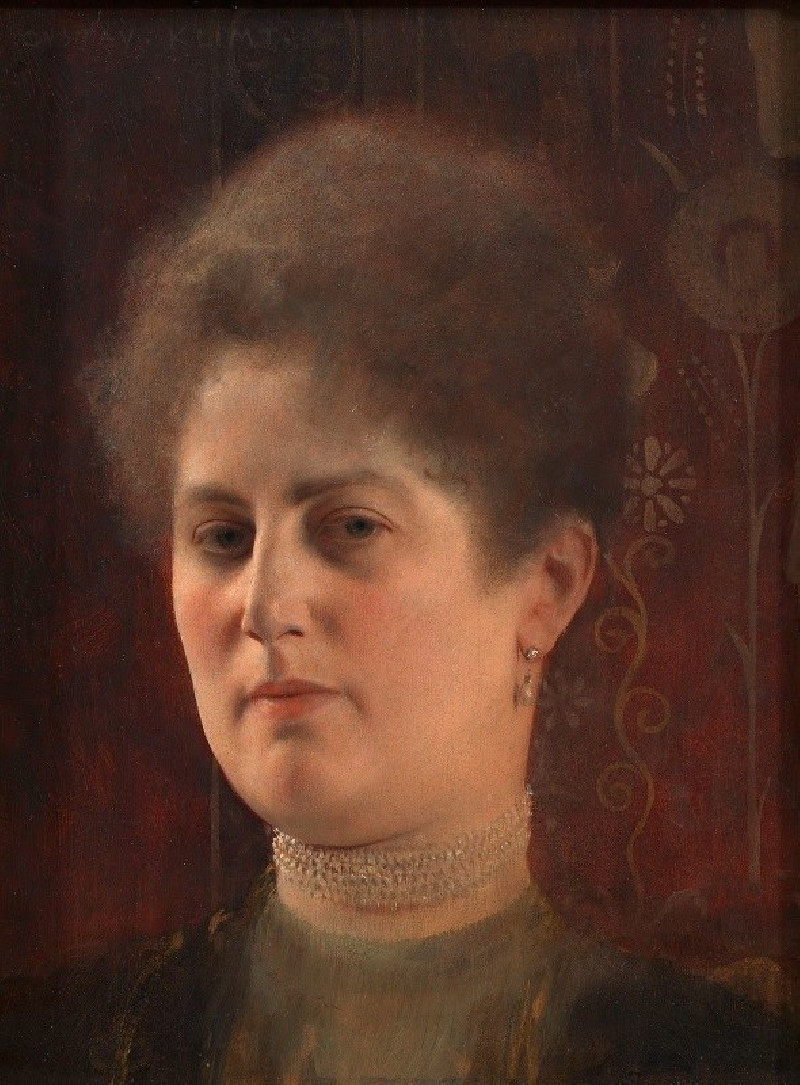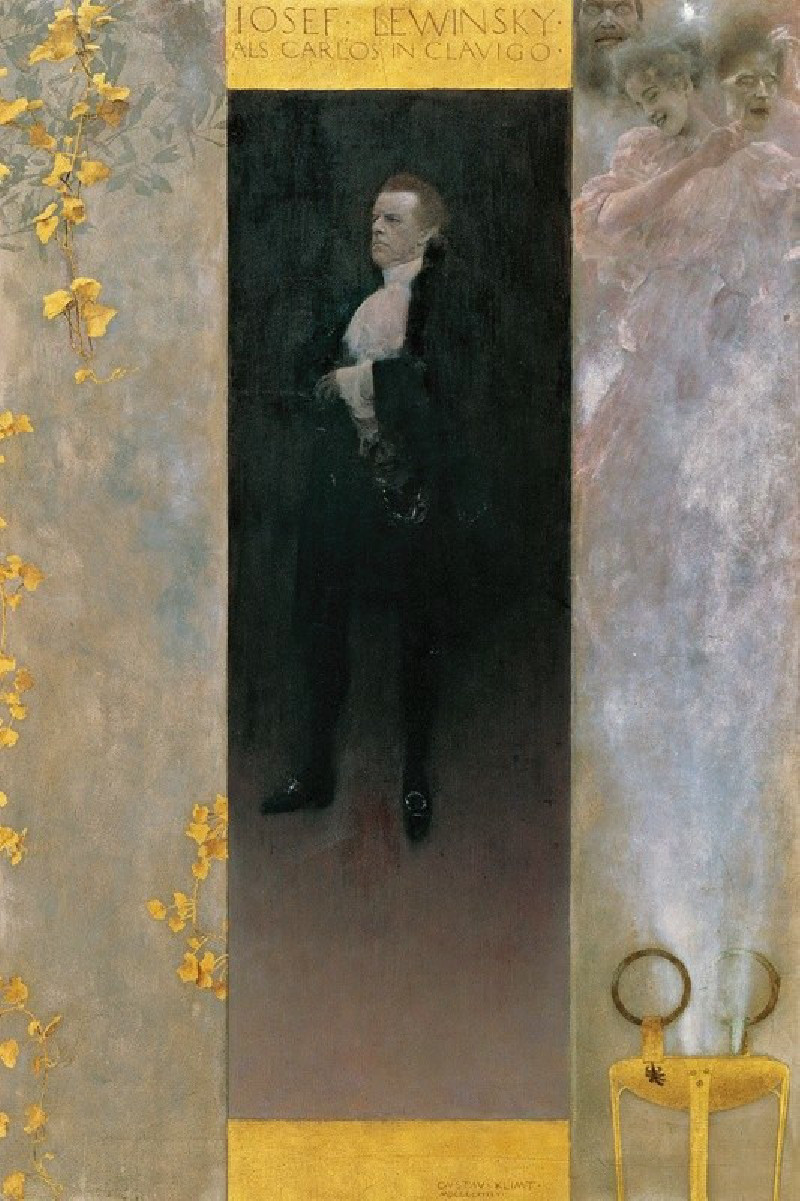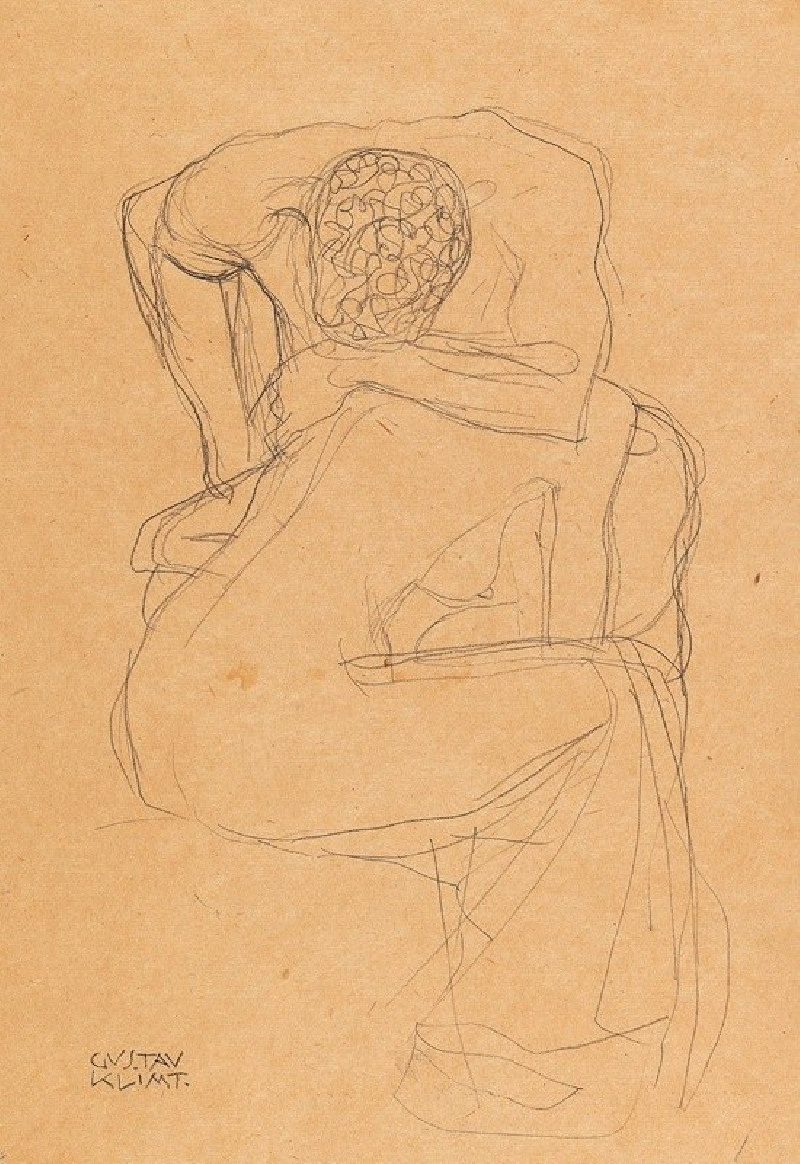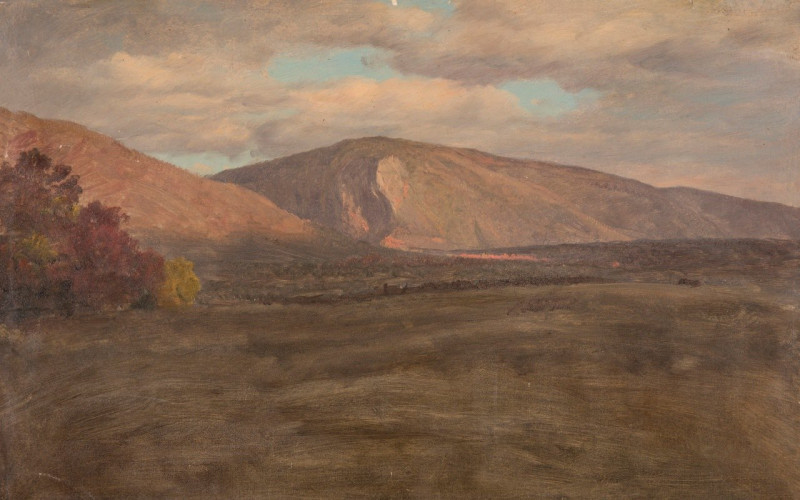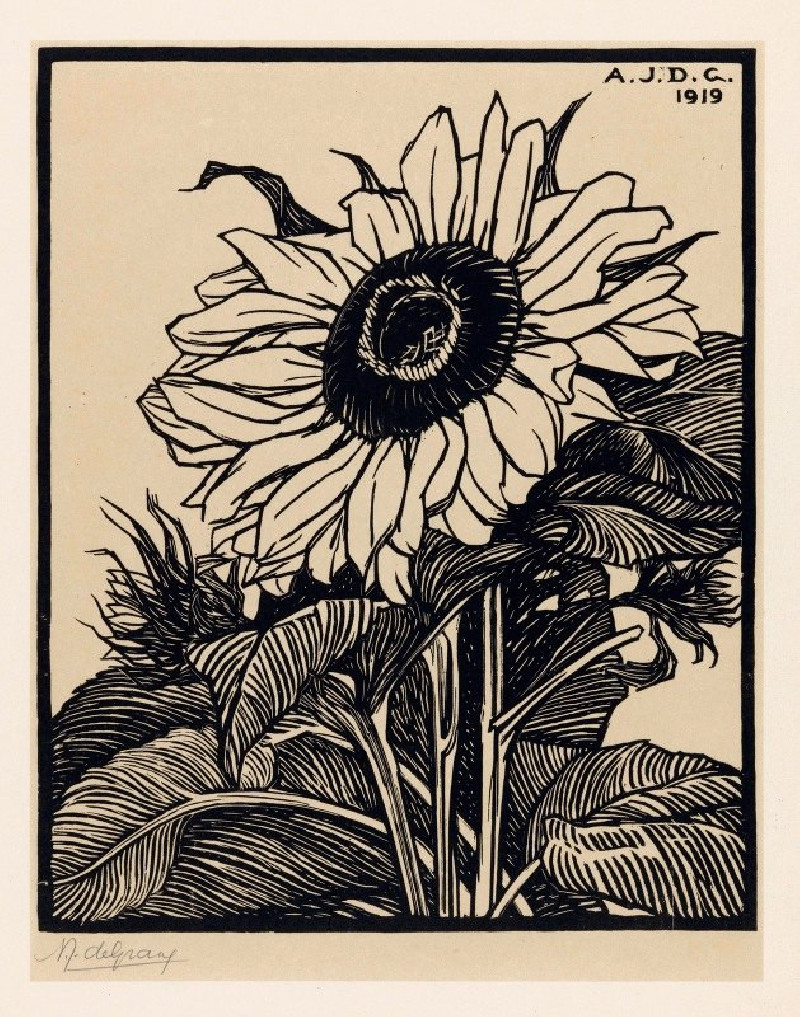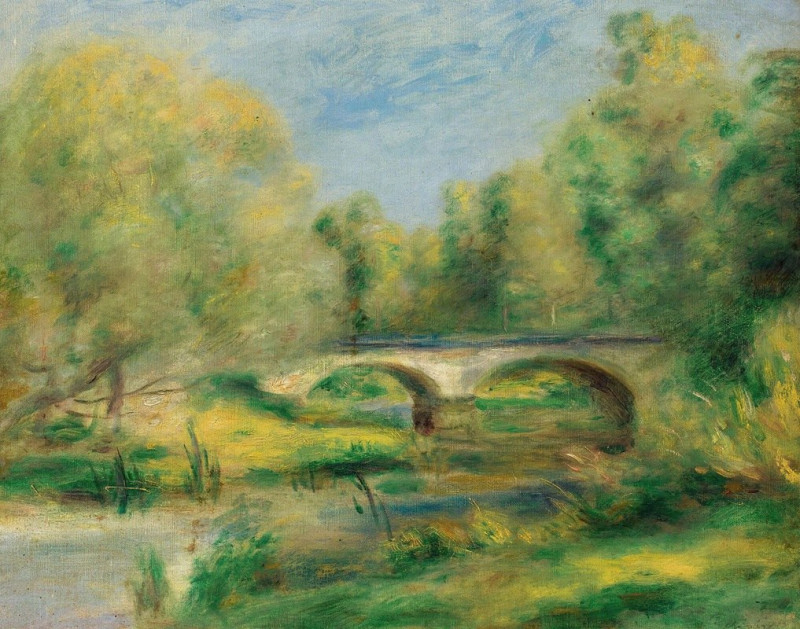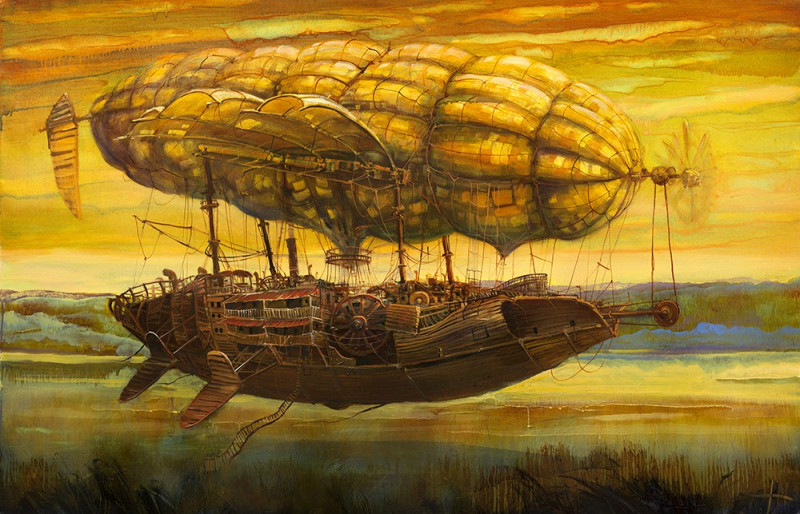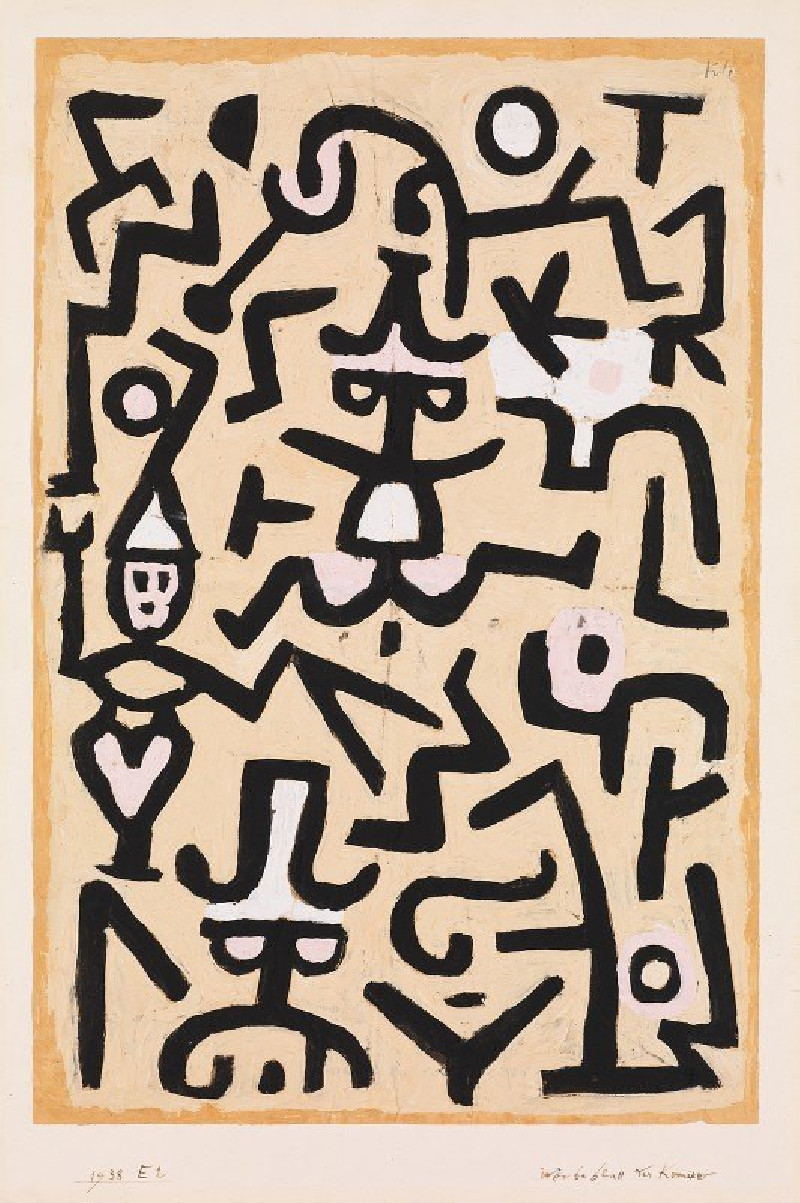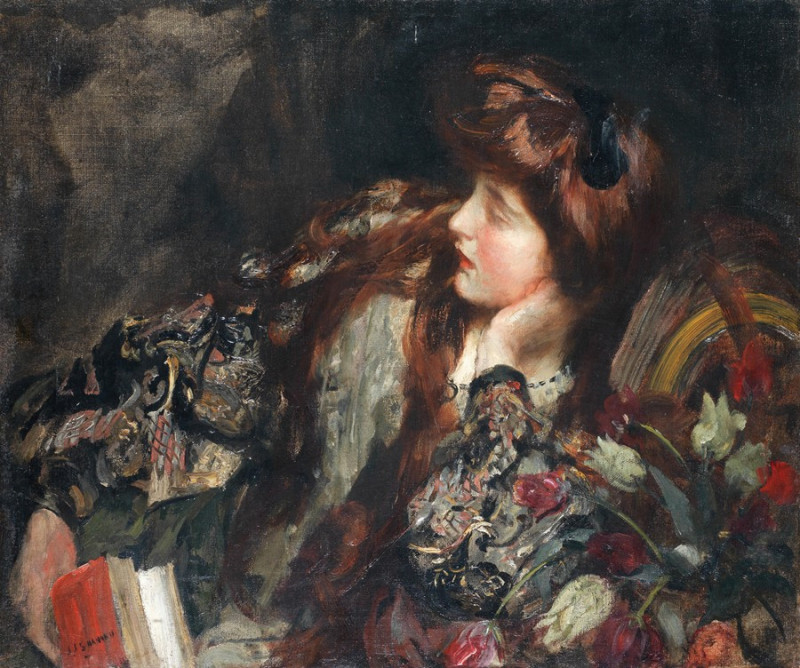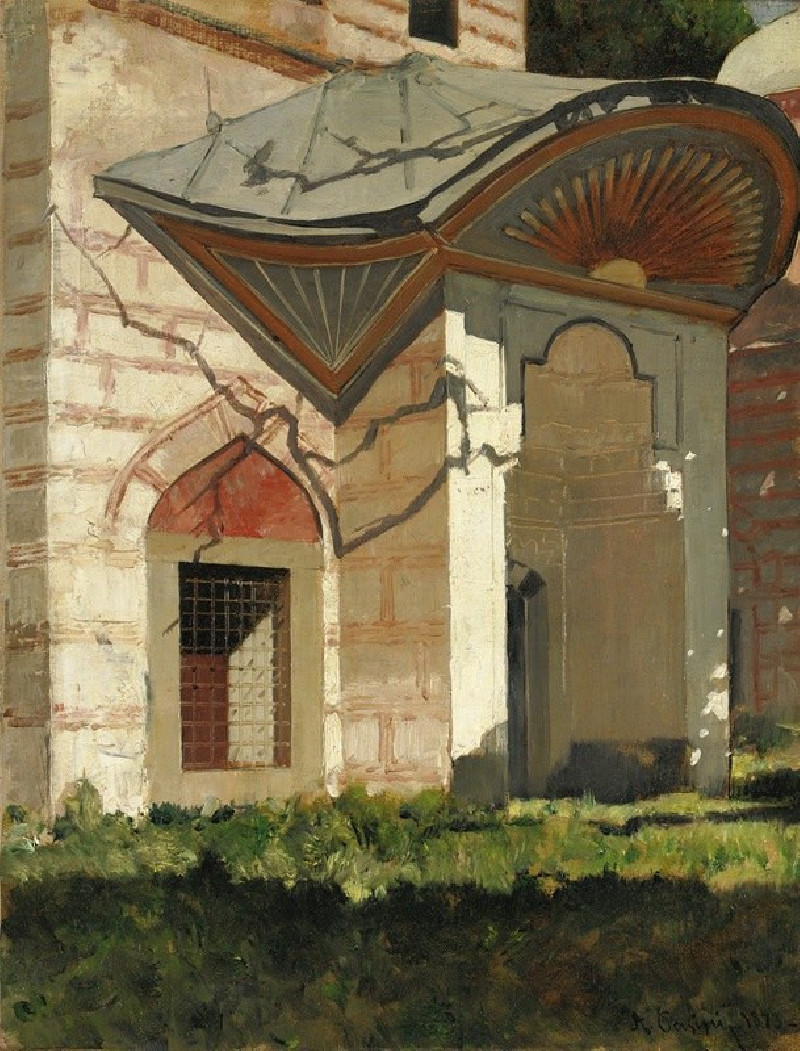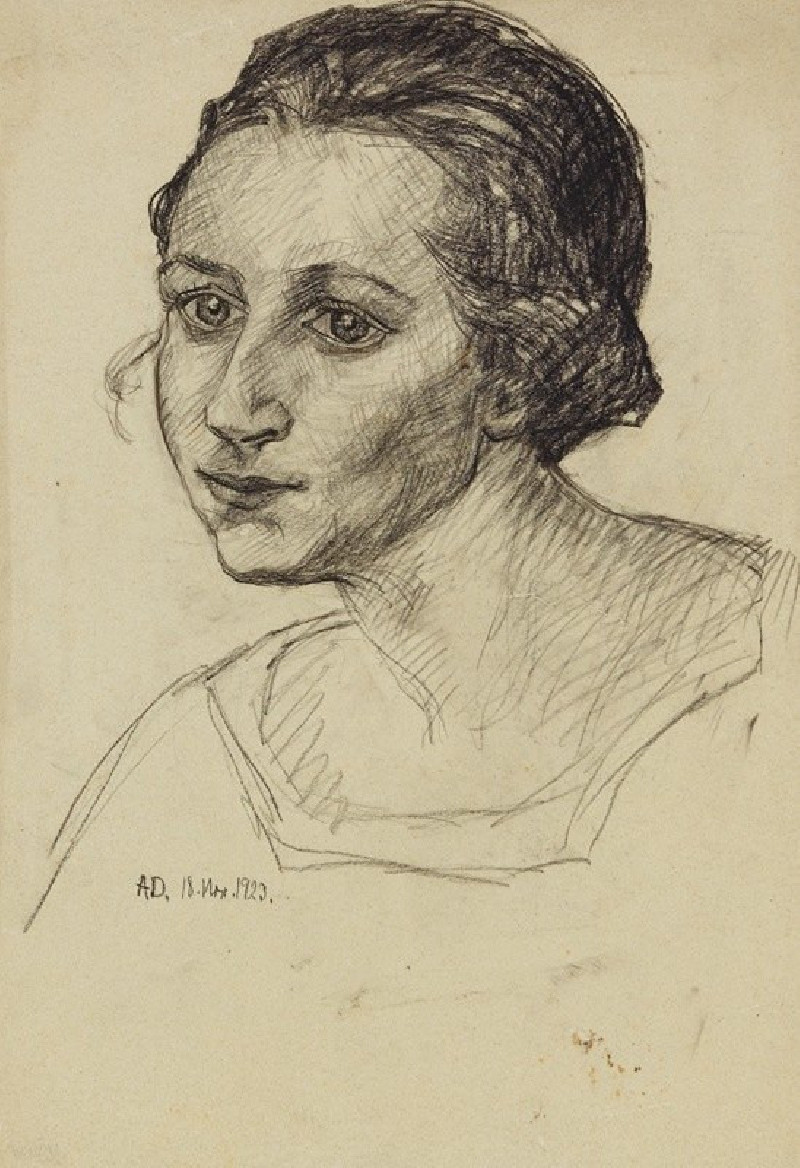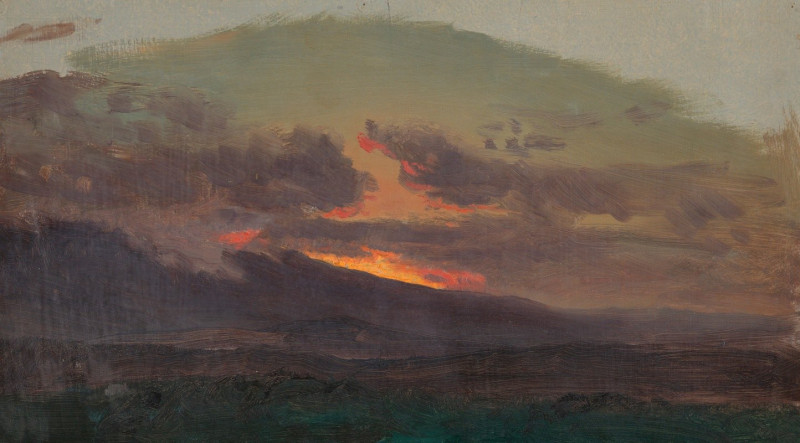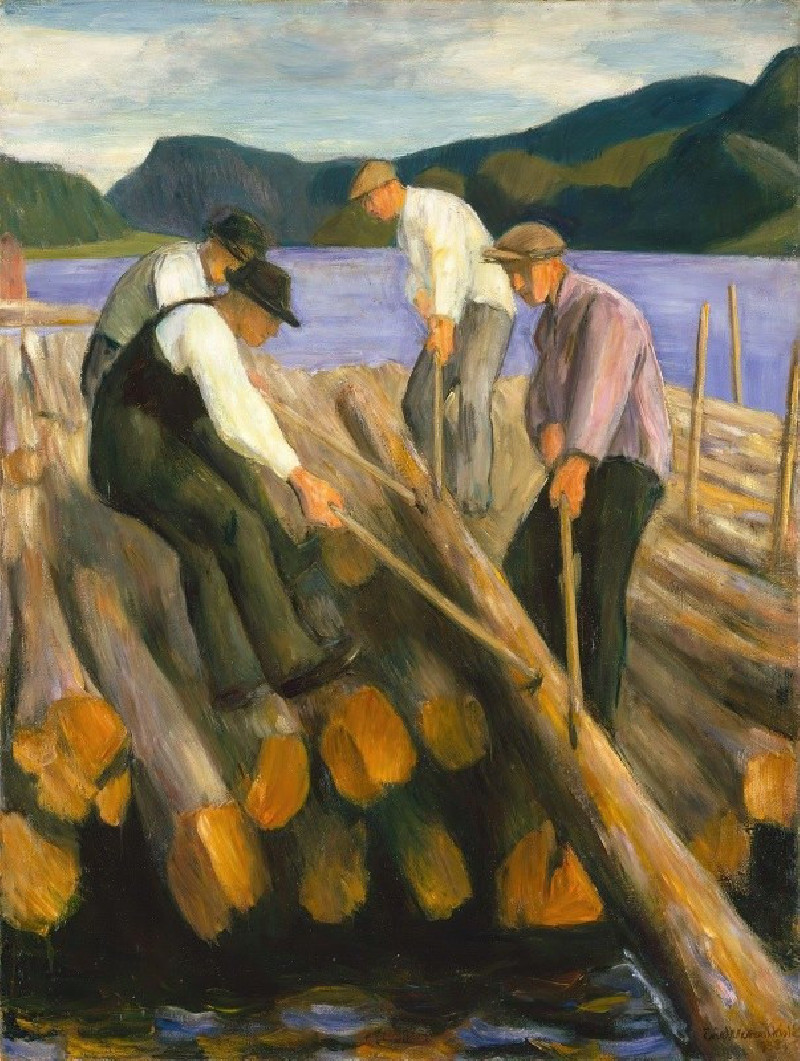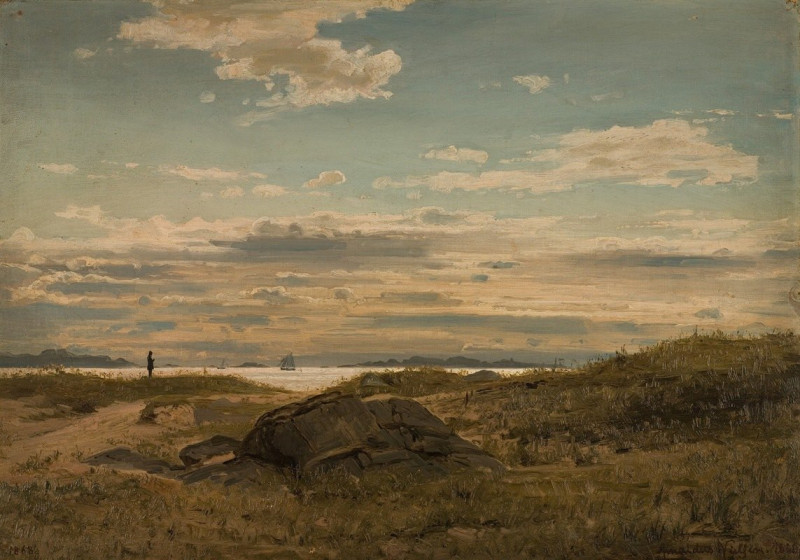Liebe (1895)
Technique: Giclée quality print
Recommended by our customers
More about this artwork
"Liebe," translated as "Love" from German, is an evocative masterpiece from the early works of Gustav Klimt, the Austrian symbolist painter renowned for his rich textures and ornamental style. Unlike his later gold-hued works, this painting delves into the subtlety of shadow and the soft interplay of emotional depth.The central panel of the triptych-style artwork beautifully captures a poignant moment between a couple who are seemingly lost in an intimate embrace, evoking feelings of deep affection and tender love. Their faces nearly touch in a symbolic kiss, surrounded by a hazy atmosphere that lends an ethereal quality to the scene. This effect not only enhances the dreamlike feel but also focuses your attention solely on the couple's connection, oblivious to the outer world.Floating around this central scene are pale, ghostly faces that watch over the couple, possibly representing ephemeral memories or the omnipresence of societal judgment on personal relationships. In contrast to the central gloomy palette, the outer gold panels are adorned with delicate roses, injecting a touch of beauty and natural purity to the theme of love and softening the darker, more mysterious undertone of the central composition."Liebe" by Gustav Klimt skillfully combines mystical elements with the profound human experience of love, making it a powerful piece that resonates emotionally and aesthetically with its audience.
Delivery
Returns
Gustav Klimt (1862–1918) was one of the greatest Austrian symbolist painters of the Art Nouveau era. Renowned as one of the most prominent founding members, and as a president of the Vienna Art Nouveau movement (Vienna Secession). His works were mainly paintings, murals, and sketches. Marked by his numerous erotic drawings, Klimt's primary subject were female figures, and at one point his work was even criticized as pornographic. Klimt found financial success in his "Golden Phase" with decorative techniques and the prominent use of gold leaf in his paintings.


